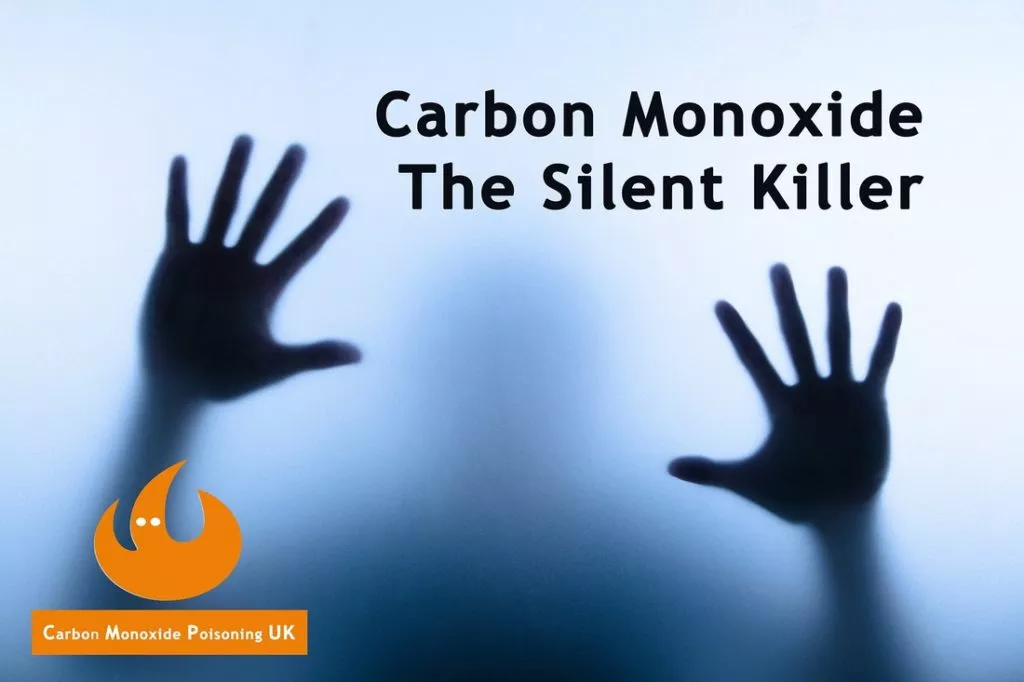
13 Aug Preventing Carbon Monoxide Poisoning – The Silent Killer
Preventing Carbon Monoxide Poisoning – The Silent Killer
When it comes to home security, many tend to think of security cameras, alarm systems and fire alarms. One thing that sometimes gets overlooked is the health threat of Carbon Monoxide. Following, you will find the ins and outs of this deadly chemical and the importance of prevention.
What Is Carbon Monoxide and Health Risks
Carbon Monoxide is a colorless, odorless and tasteless gas. The gas is produced from the burning of fuel. This includes generators, stoves, portable heaters, furnaces, fireplaces and even lanterns. Since all of these items can be found in a typical home, being exposed is a possibility. Death can be a potential outcome. In fact, according to Center of Disease Control and Prevention, “Each year,more than 400 Americans die from unintentional CO poisoning not linked to fires, more than 20,000 visit the emergency room, and more than 4,000 are hospitalized.” Due to these eye-opening statistics, it is crucial to have a Carbon Monoxide Monitor in your home.
Monitored vs Non-Monitored Systems
Since Carbon Monoxide is virtually unnoticeable, it is vital that a monitoring system be in place to detect the gas. The system uses a special sensor to detect the presence of the gas. Monitors should be in place in order to prevent exposure. There are monitoring systems and non-monitoring systems. See below for the difference between the two.
- Non-Monitored System: This type of monitoring is inexpensive, but is only monitored by yourself. It is your responsibility to do testing regularly. In addition, if the monitor is triggered you must leave the house to call the appropriate authorities to determine and correct the leak. If someone is asleep, which often happens when there is a carbon monoxide leak – it makes you sleepy and not think straight, this noise maker may not be enough to save their life.
- Monitored System: A monitored system gives you a peace of mind by being monitored 24/7. Furthermore, as soon as the monitor is triggered, they will contact help and dispatch appropriate authorities immediately. Since Carbon Monoxide can become toxic in just a few minutes, a monitored system provides the most protection. Here is an example of a wireless Carbon Monoxide detector. A person cannot be saved if no one knows about it.
Life Saved By Carbon Monoxide Monitoring
Take a minute to imagine yourself in your home sleeping. While sleeping, Carbon Monoxide levels are quickly rising. Luckily, your monitored Carbon Monoxide detector is connected to your security system. Not only does an alarm alert you of this dangerous gas, but the authorities are already on their way to the scene. Luckily, your entire family is safe. You can only imagine what could have happened without your safety monitor. Tracy Bertog in Chicago, IL, experienced this first hand, She and her family experienced a Carbon Monoxide breach, but were saved by her ADT monitoring system. Find the entire story and video here.
Possible Outcome of Carbon Monoxide
Unfortunately, there are still situations where people miss the detection of Carbon Monoxide in their home and experience death. A family in Pocatello, ID experienced this devastating scenario. A father and two young sons tragically died due to Carbon Monoxide poisoning. Their two older sons were out of town on mission trips when they received the heart-breaking news. Find all story details here. Unfortunately, this family became part of the dying statistic. Had they installed a reliable Carbon Monoxide system this situation may have been avoided.
Carbon Monoxide should be considered a safety issue in your home. Just as a burglar can cause you harm, so can this invisible gas. Do not skip the extra security of Carbon Monoxide monitoring while installing other preventative safety measures. Give yourself comfort in knowing you are safe 24/7 from a potential Carbon Monoxide leak. If you already have a monitored security system you just need to add the part. If you have more questions and want to discuss a monitoring system, contact us today.



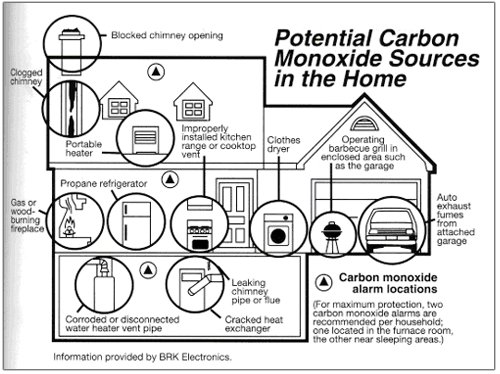
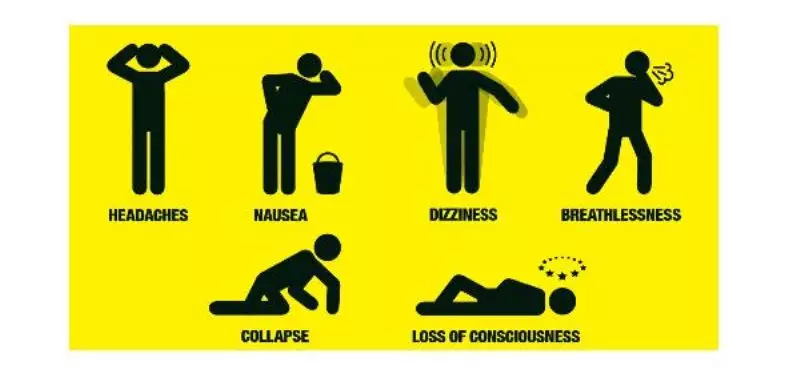
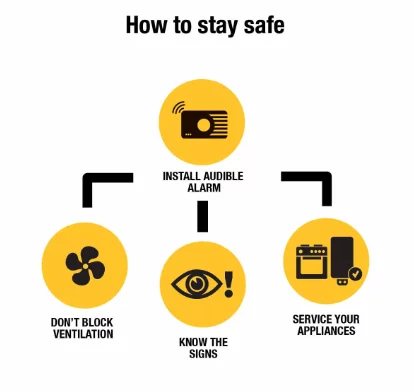
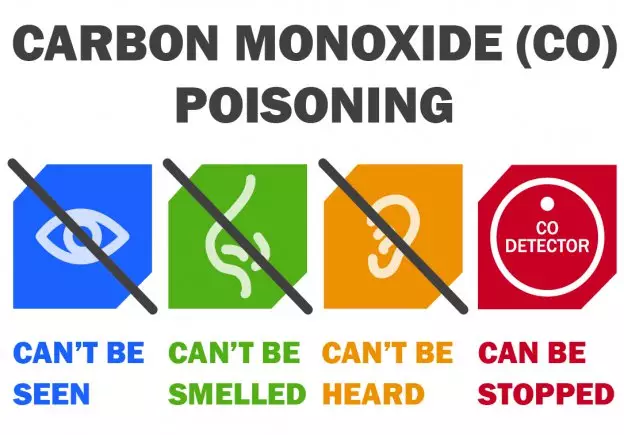
No Comments